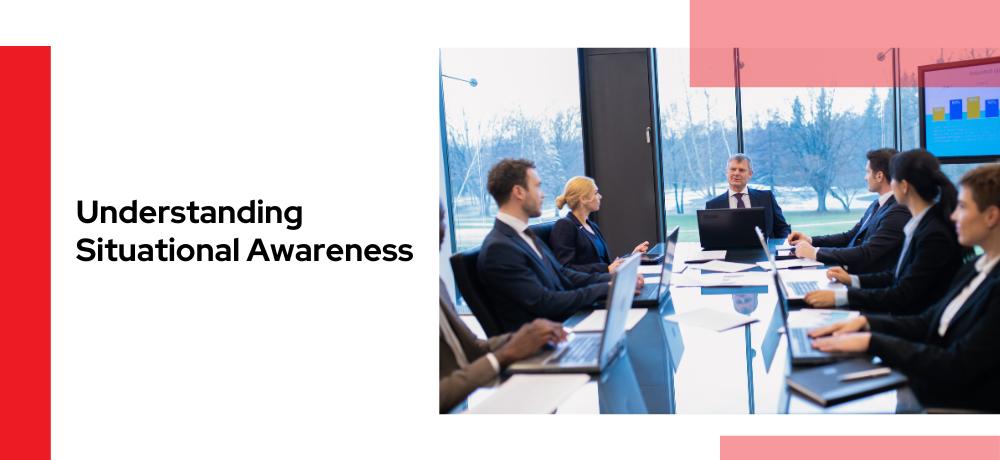Understanding Situational Awareness

How an organization manages an incident is often determined by its ability to achieve accurate and timely Situational Awareness. Situational Awareness is a measure of how well the people in-charge understand what is happening as the incident evolves from the onset to the end when the All-Clear is given. It is imperative to understand the scope of an emergency to prioritize response objectives and ensure the effective and efficient use of resources.
Elements of Situational Awareness:
-
Identifying what happened and determining the scope and impact of an incident.
-
Exactly what happened? A threat or an actual incident.
-
Sending and receiving timely alerts and notifications that an incident or emergency has happened.
-
What has been impacted? Damaged?
-
Have people been injured or killed?
-
How widespread is the incident?
-
What is the expected incident duration? For example, an isolated fire impacting for hours versus severe flooding impacting for days or weeks.
-
Can essential business operations be maintained?
-
What is the status of the community's critical infrastructure, roads, utilities, telecom, 911 Emergency Services, hospital and medical aid, transportation, etc?
-
Gathering relevant information and identifying the potential risks.
-
What/who is at risk because of the incident?
-
What is the status of people’s safety?
-
Are there secondary risks?
-
Information management - communications and updates for internal and external stakeholders
-
What is the status of business operations: normal, minor delays, closed/out of service, can’t deliver?
-
What is the impact on the organizational reputation, supply chain, and customers?
-
Analyzing the information and determining the required response.
-
What are the incident response objectives and priorities?
-
What resources are needed? For example, people, equipment, emergency equipment, 911 Emergency Services and essential contractors, alternate sites or facilities, transportation, accommodations, communications, money and financial approvals, mental health and staff support services?
-
What are realistic timelines?
-
Updating the incident and response needs as the incident evolves or becomes more manageable.
-
Initiate and monitor the activities to successfully respond and recover from the incident.
-
What is the organization's ability to respond? Has the impact of the incident affected the ability to respond?
-
Are additional resources needed while the response is underway?
-
Continued communication and updates to stakeholders
-
Checking off the milestones as actions and activities are completed or capabilities restored.
Situational Awareness is the cornerstone of an efficient and effective response.
At Get Ready, our cloud-based Emergency Management Program can help your organization achieve real-time situational awareness when needed most.
As we often say, “You either have situational awareness or you wish you did!”
Get in touch with us today!
To learn more about the services we offer, please click here. To get in touch with us, please click here



